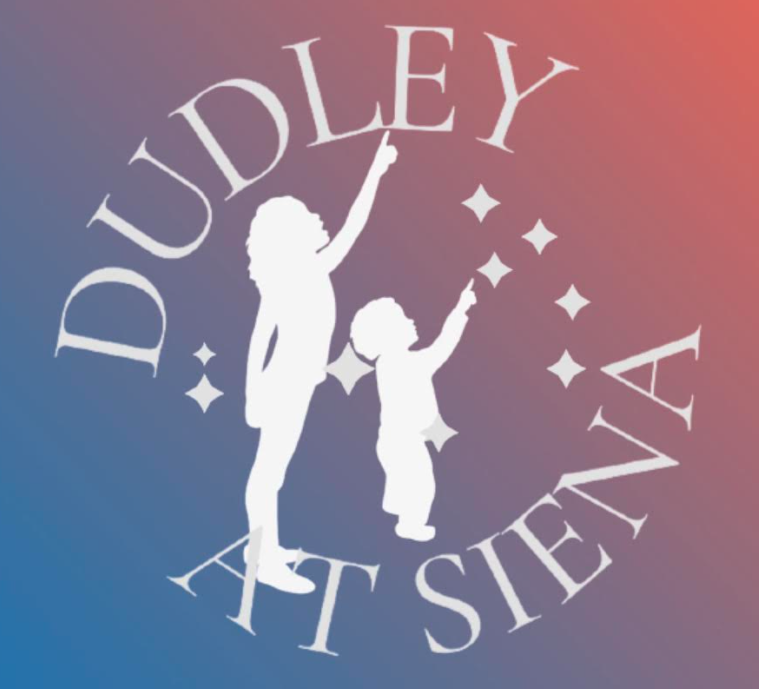Skywatch Line for Wednesday and Thursday, August 6 and 7, 2025, written by Alan French
This is Dudley Observatory’s Skywatch Line for Wednesday and Thursday, August 6 and 7, 2025, written by Alan French.
The Sun rises at 5:52 A.M. on Wednesday and sets at 8:09 P.M. On Thursday it rises at 5:53 A.M. and sets at 8:08 P.M. Thursday lost just over 16 minutes of daylight compared to last Thursday.
The Moon reached first quarter last Friday morning and is headed toward full. On Wednesday the Moon rises at 6:58 P.M. in the southeast. By 9:30 a 94% sunlit Moon will be 16 degrees above the south southeastern horizon. It will be due south at 11:13 and will be just 20 degrees above the horizon. It will set at 3:33 A.M. Thursday morning.
Moonrise on Thursday is at 7:36 P.M. toward the southeast. It will be 98% full at 9:30 and 14 degrees high. It will transit at 7 minutes after midnight Friday morning and appear 23 degrees above the horizon. It will set at 4:44 A.M. The Moon will reach full at 3:55 A.M. Saturday.
At 4:30 A.M. Venus and Jupiter are in Gemini, low in the east northeast, The pair are just under 6 degrees apart Wednesday morning, with Venus near Castor’s feet and Jupiter between the twins, Castor and Pollux. Venus and Jupiter will be moving closer together during the coming days as Venus moves lower in the sky and Jupiter moves eastward and higher. On Thursday morning at 4:30 they will be less than 5 degrees apart. The pair will be closest together on Tuesday, August 12, when just under a degree will separate them. Jupiter is now magnitude -1.9 while Venus is magnitude -4.0.
Saturn now transits just after 4 A.M. and will be 45 ½ degrees above the southern horizon, appearing yellowish and at magnitude +0.8. Saturn is always a treat through a telescope, its visible rings setting it apart. Unfortunately, they are not at their best right now. Like our Earth Saturn and its rings is tipped on its axis and its tip is 26.7 degrees (the Earths is 24.3 degrees). As the Earth and Saturn orbit the Sun our view of the planet changes. Recently Earth passed through Saturn’s ring plane and we were looking at the rings edge on, the rings appearing exceedingly thin or disappearing in telescopes. Now the rings appear tipped just 2.5 degrees from Earth’s vantage point. While we may not have the best view of the rings now, planets in the morning sky are often steady and full of detail. Toward the end of the night the Earth’s radiational cooling tends to slow and distorts our view less than in the evening hours. If you are ambitious enough to observe in the pre-dawn hours, it might prove worthwhile.
The Space Age really began on October 4, 1957, when the Soviet Union launched the first Earth satellite, Sputnik. I was fascinated by the Moon and planets, so my parents bought me a copy of “exploring the planets,” by Roy A. Gallant and illustrated by John Polgreen, which came out in 1958. At the time, Mars had 2 moons, Jupiter had 12, Saturn had 9, Uranus had 5, and Neptune 1. The first new moon I was old enough to be conscious of was Janus, a 10th moon of Saturn discovered by French astronomer Audouin Dollphus in 1966, visually observing Saturn when the rings were nearly edge on. Thanks largely to spacecraft visiting Saturn, we now (as of March, 2025) have confirmed 274 moons around Saturn. It is now the planet with the most known moons in our solar system.
